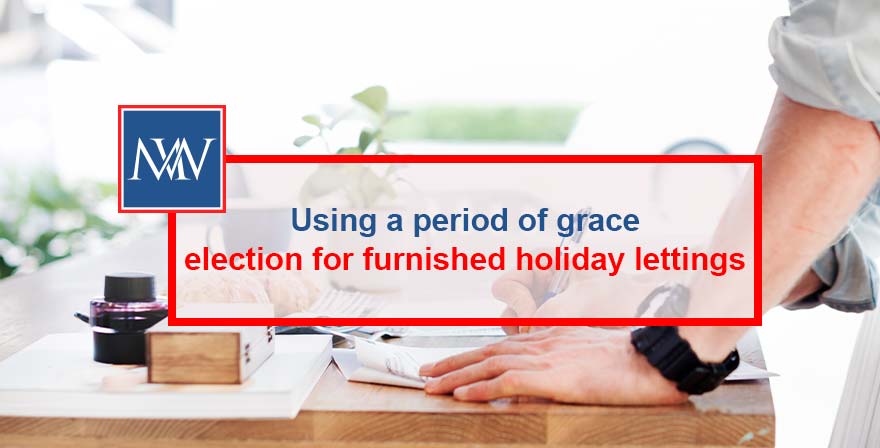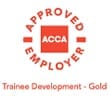
Using a period of grace election for furnished holiday lettings
The cost of living crisis has impacted on people’s ability to take holidays and short breaks. If you are a landlord letting a furnished holiday lettings (FHL), you may find that the downturn in bookings means that you are unable to pass the occupancy tests for your let to qualify as an FHL for tax purposes.
For a let property to count as an FHL, the property must be in the UK or the EEA and must contain sufficient furniture for normal occupation. It must also pass three occupancy tests.
Condition 1 – the pattern of occupation condition
For the property to be an furnished holiday lettings, the total of all lets that exceed 31 days must not be more than 155 days in the year.
Condition 2 – the availability condition
The property must be available for letting for at least 210 days in the tax year.
Condition 3 – the letting condition
The property must be actually let for at least 105 days in the tax year.
If the letting condition has not been met in a particular year, you may be able to use a period of grace election to ensure a property that has previously qualified as an FHL continues to do so.
Period of grace election
A period of grace election can be used where the landlord genuinely intended to meet the letting condition but was unable to. The impact of the cost of living crisis is an example of where this may be the case, and offers landlords a potential lifeline.
To make a period of grace election, the pattern of occupation and availability conditions must still be met. Also, the letting condition must have been met in the year before the first year for which the landlord wishes to make a period of grace election. If the letting condition is not met again in the following year, a second period of grace election can be made. However, if the test is not met in year 4 after two period of grace elections, the property will no longer qualify as an FHL. A period of grace election can be made either on the Self Assessment tax return or separately (either with or without an averaging election).
For example, if the property met the letting condition in 2022/23, a period of grace election can be made for 2023/24 and 2024/25 if the letting condition is not met in those years, as long as the other two occupancy conditions are met. However, the letting condition must be met again in 2025/26 for the property to qualify as an FHL for that year.
A period of grace election for 2023/24 must be made by 31 January 2026.
Multiple FHLs and averaging
In the event that a landlord has more than one FHL, and the letting condition is met in some but not all of the properties, an averaging election could be made instead. Where this is made, the test is treated as met if on average the holiday lets are let for 105 days in the tax year. For example, a landlord with three holiday lets would need the properties to be let for a minimum of 315 days in total for an averaging election to be used to meet the letting condition across all three properties.
For more information, Book a Free Consultation
Need Accountancy Support?
For information on bespoke training, or if you have any other questions for Makesworth Accountant, please fill in your details below




















 148
148